Polkadot Smart Contract
Find out the specifics of implementing Polkadot Smart Contract into projects right now!
Contact usFind out the specifics of implementing Polkadot Smart Contract into projects right now!
Contact us
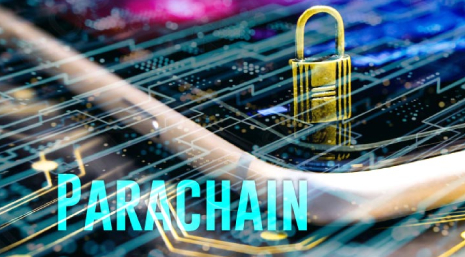
A smart contract must be able to upgrade when the transaction conditions change. Often, this is quite complicated. Parachains allow changing the code by using root commands or the governance pallet.
The second difference is the operating principle. For example, Ethereum smart contracts exist as a target chain, and in the new blockchain, this happens autonomously, due to which anyone can use a smart contract and deploy their own startup or an existing application.
To write smart contracts, a program code is created that describes the logic of the transaction and the rules for its implementation. It is built using basic algorithm structures — forks and cycles. Anyone can write a code using development platforms which often results in errors. If a program works incorrectly or halts, it affects the on-chain governance.

In order to avoid the infinite looping or halting of the program code of a smart contract, Ethereum introduced gas fees for executing the code. This is a kind of transaction fee. If the smart contract account runs out of money, the execution stops.
Polkadot uses a different system — the weight-fee model. It allows limiting the use of resources by users.
Weight is a mechanism that allows controlling the time spent on block validation. Each block in the chain has a limited weight. In the Substrate environment on which the Polkadot code is written, 1,000 weight is one nanosecond in reference hardware. Thus, developers can determine the block weight, managing the speed of operations on their blockchain.
The control is integral to the foundation of a parachain: the system smart contracts pallet calculates the accumulation of weight for a block during its execution and monitors the restrictions, while the payment pallet calculates the fees based on these indicators.
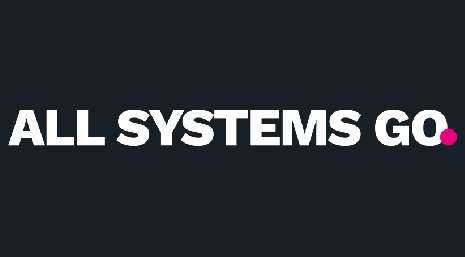
This approach makes it easy to write smart contracts even when using the most difficult programming languages but requires great attention to detail.
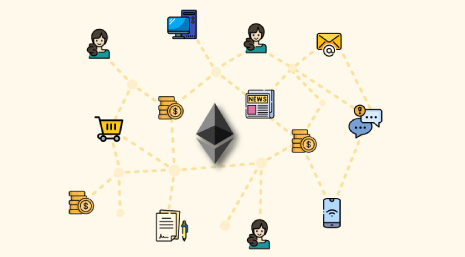
The base for deploying nested layer networks is Substrate. They are integrated into the Polkadot ecosystem, just like the smart contract pallet. As an alternative, an EVM pallet (Ethereum virtual machine) is offered. You can create a virtual machine compatible with the Ethereum blockchain on it.
However, the smart contract pallet offers more advantages.
You write smart contracts in any language, and the main thing is that it is compiled in WASM. This means flexibility and freedom in the choice of tools. Of course, it is better to use existing and proven tools, but this approach makes it possible to create something better.
In order for the existence of a smart contract to be meaningful, it needs a financial base. Rent or deposit is usually used. In their absence, the smart contract is removed from the system, which saves its resources.
Each smart contract is hushed at the time of launch. This greatly reduces the overall load on the storage in the entire chain. The presence of a hashed version allows the service to function in a standard way – a smart contract can be created if a transaction is necessary.
In order to support smart contracts, parachains strive to enter the Polkadot structure.

A separate blockchain that implements compatibility with the Ether network. Writing smart contracts is implemented on Inc! It appeared in 2020 and is developing successfully, as evidenced by the amount blocked for participation in the auction – 1.2 million ETH. Bidding is still pending, so everyone can take part in supporting the project on Polkadot. The startup device itself looks promising – a live network with protection from DDoS attacks and other hacking attempts.

It is a smart contract platform that supports EVM applications created on Frontier. Its users can take advantage of the traditional Ethereum tools. The platform offers in-built support of DOT, ERC-20, and Chainlink.
It goes beyond the EVM environment by extending the basic service set and supporting on-chain governance, staking, as well as cross-chain integrations. It allows to re-deploy existing smart contracts without any rewriting or refactoring. So far, it has been launched on Kusama, and the auction is expected to take place very soon.
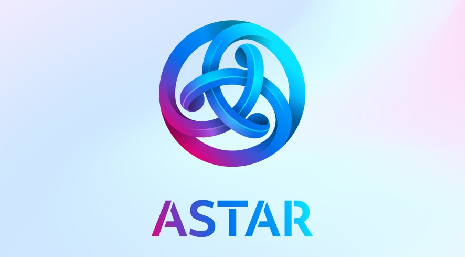
This is a multi-chain hub for smart contracts supporting DeFi, NFT, and DAO. This is a layer 1 network with several blockchains that are created by participants based on smart contracts. The hub supports EVM implementation and WASM. It is built using the Parity platform, and it implements the optimistic virtual machine to standardize layer 2 protocols. It focuses on the scalability of the horizontal (first) and vertical (second) layers. Layer 2 can be used to deploy any application — from DeFi to games.

This is a smart contract platform that is customized for DeFi, has built-in liquidity and offers ready-made financial applications. It can be upgraded without forks as requested by developers. It is based on the Substrate environment and offers Ethereum compatibility. The platform accepts numerous tokens, including USDC, USDT, DOT, aUSD, BTC, and ETH. Its sister network, Karura, is already being tested at Kusama, with 75,761 account holders.
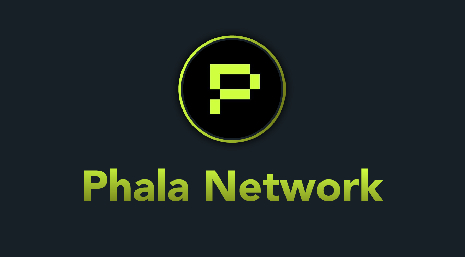
It is a smart contract platform that ensures data privacy and offers complete contracts. The platform is positioned as providing data protection at all stages of the contract, providing access authorization, code integrity of smart contracts, availability regardless of the state of the environment and compatibility with external cryptocurrency networks.
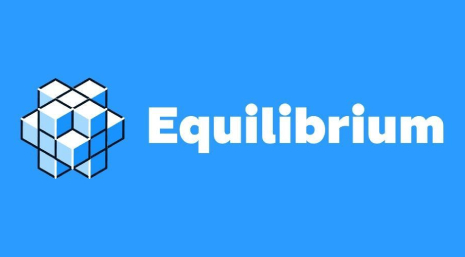
This is a DeFi platform that allows users to roll out a smart contract by means of escrow. It is based on bridges that operate as liquidity pools. The main advantages are ensuring the interoperability of the pools and creating a decentralized lending service. Tokens are locked into the smart contracts that act as bridges between blockchains.
Polkadot was designed as the Internet of blockchains. One of the main problems of the crypto economy is the lack of technology that would allow cross-chain integrations. Like the Internet solved a similar problem concerning computer networks, the relay chain should solve this problem between blockchains. The developers position this project as a unified protocol or a layer zero network that can be used to connect with a layer one sister network.
This approach helps to ensure security for exchanging data between various hubs. This is a WASM-based living and scalable network.
To activate the account, a user needs to have 1 DOT, which is the network’s utility token. A lower balance could result in the user being blocked. To participate in the auction to include your blockchain in Polkadot, you must be the owner of 5 DOT tokens.

The main concept of the Polkadot is the concept of a blockchain. It is a platform for creating private applications. The goal is to ensure consistent interaction, regardless of the implementation technology and proprietary protocols. Sometimes it can take the form of a blockchain, but this is not necessary. It’s just that many people are more accustomed to perceiving a cryptocurrency system. There are requirements for building the structure of parachains, for example, processing parallel transactions. Due to this approach, the underlying network is infinitely scalable.

So far, the project supports up to 100 slots for parachains. They are allocated in three ways.
These are allocated by the system itself and are considered to be the common good for everybody. An example of these parachains is a bridge between blockchains.
For most projects, this is the only way to enter the Polkadot relay chain. Startups can bid with their own utility token or collect tokens from active participants and startup ambassadors using the crowdloan. For users, this is an opportunity to make some profit with a delayed effect. If the crowdloan has won the slot, all of the provided tokens are locked for two years. However, users will later receive these tokens together with interest thereon. Companies also try to attract investors by offering various rewards and incentives.
The space that the vicious rents is called a slot. If the entrance to it is too expensive and impractical, you can become a member of parathreads. Several networks are connected in parallel, while the owner, who allows blocks of other blockchains to himself, can take a commission, thus receiving additional income.

The Polkadot concept has great potential. If properly implemented, it can completely transform the entire blockchain system and take the cryptocurrency ecosystem to a new level. The first block of the network was launched in May 2020. So far, the system operates two test networks: Rococo is for sharding, and Kusama is for testing layer two blockchains. While Polkadot is still starting out, joining it is quite easy and relatively inexpensive. And this can be a great chance to assert yourself and join Polkadot in shaping the world of the future.
Testimonials
We are the team of experts that will support your business at all stages
Website Privacy Policy
Generic privacy policy template
This privacy policy ("policy") will help you understand how Global Digital Consulting LLC uses and protects the data you provide to us when you visit and use https://icoda.io ("website", "service").
We reserve the right to change this policy at any given time, of which you will be promptly updated. If you want to make sure that you are up to date with the latest changes, we advise you to frequently visit this page.
What User Data We Collect
When you visit the website, we may collect the following data:
Why We Collect Your Data
We are collecting your data for several reasons:
Safeguarding and Securing the Data
Global Digital Consulting LLC is committed to securing your data and keeping it confidential. Global Digital Consulting LLC has done all in its power to prevent data theft, unauthorized access, and disclosure by implementing the latest technologies and software, which help us safeguard all the information we collect online.
Our Cookie Policy
Once you agree to allow our website to use cookies, you also agree to use the data it collects regarding your online behavior (analyze web traffic, web pages you spend the most time on, and websites you visit).
The data we collect by using cookies is used to customize our website to your needs. After we use the data for statistical analysis, the data is completely removed from our systems.
Please note that cookies don't allow us to gain control of your computer in any way. They are strictly used to monitor which pages you find useful and which you do not so that we can provide a better experience for you.
Restricting the Collection of your Personal Data
At some point, you might wish to restrict the use and collection of your personal data. You can achieve this by doing the following:
Global Digital Consulting LLC will not lease, sell or distribute your personal information to any third parties, unless we have your permission. We might do so if the law forces us. Your personal information will be used when we need to send you promotional materials if you agree to this privacy policy.
Terms and Conditions
Please read these Terms and Conditions ("Terms", "Terms and Conditions") carefully before using the https://icoda.io website (the "Service") operated by Global Digital Consulting LLC.
Your access to and use of the Service is conditioned on your acceptance of and compliance with these Terms. These Terms apply to all visitors, users and others who access or use the Service.
Links To Other Web Sites
Our Service may contain links to third-party web sites or services that are not owned or controlled by Global Digital Consulting LLC.
Global Digital Consulting LLC has no control over, and assumes no responsibility for, the content, privacy policies, or practices of any third party web sites or services. You further acknowledge and agree that Global Digital Consulting LLC shall not be responsible or liable, directly or indirectly, for any damage or loss caused or alleged to be caused by or in connection with use of or reliance on any such content, goods or services available on or through any such web sites or services.
Changes
We reserve the right, at our sole discretion, to modify or replace these Terms at any time. If a revision is material we will try to provide at least 30 days' notice prior to any new terms taking effect. What constitutes a material change will be determined at our sole discretion.
Contact Us
If you have any questions about these Terms, please contact us.